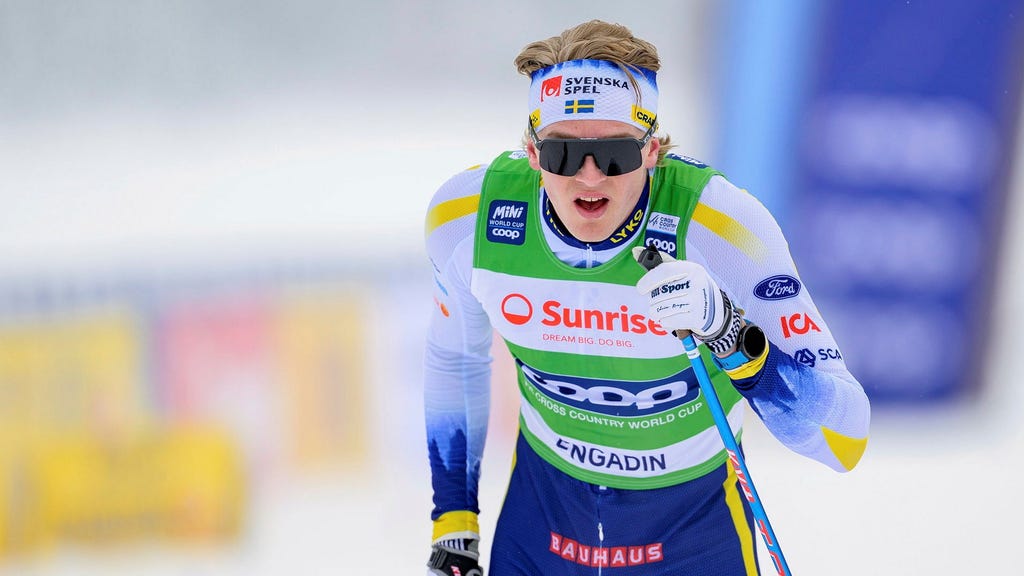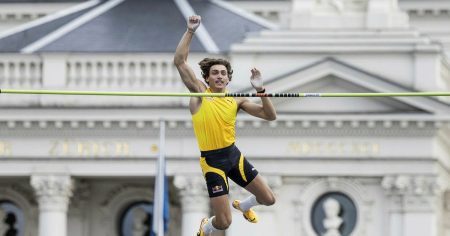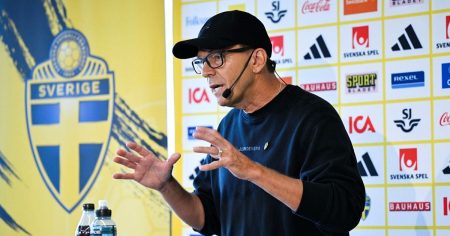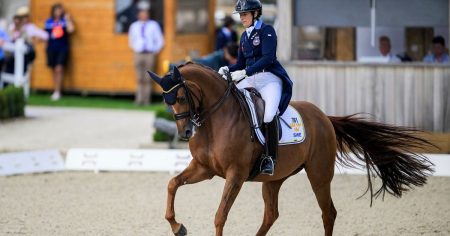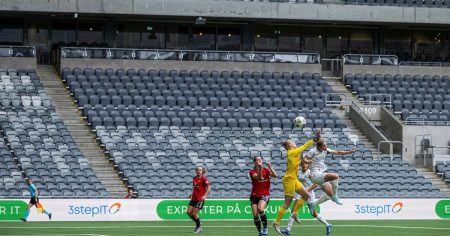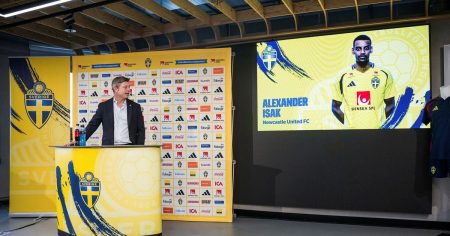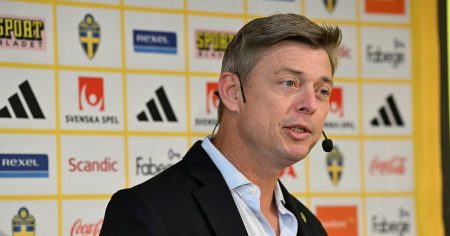The Swedish cross-country skiing team experienced a crushing defeat in the 20-kilometer freestyle mass start in Engadin, Switzerland, finishing far behind a dominant Norwegian team that swept the top six positions. The resounding victory for Norway highlighted the stark contrast in ski performance, with the Swedes openly admitting their equipment was severely lacking, effectively sabotaging their chances in the race. While acknowledging the physical prowess of their Norwegian rivals, the Swedish skiers placed the blame squarely on the poor quality of their skis, describing them as the worst they had ever experienced. This public airing of frustration underscores the critical role of ski technology in elite cross-country competition and the devastating impact of equipment failure on even the most talented athletes.
William Poromaa, a rising star in Swedish skiing, emerged as the best performer among his compatriots, finishing in a disappointing 24th place, a significant 1 minute and 33 seconds behind the victorious Johannes Høsflot Klæbo of Norway. Poromaa, who had secured a commendable second place in the sprint event just the day before, expressed his frustration with the subpar skis, stating they felt like ”brakes” on the course. Despite the setback, he maintained a positive outlook, emphasizing the importance of learning from the experience and focusing on the fact that his physical form was strong. This resilience in the face of adversity reflects the mental fortitude required in high-level competition and the athlete’s determination to move forward despite setbacks.
The resounding Norwegian victory was spearheaded by Klæbo, who secured his win with apparent ease, highlighting the superior performance of their skis. Klæbo’s comment about having ”fantastic skis” served to further emphasize the disparity in equipment between the two teams, adding salt to the wound for the struggling Swedish skiers. The Norwegian dominance underscored their status as a powerhouse in cross-country skiing, showcasing their strength, technique, and the technological advantage they possess in ski preparation. The sweep of the top six positions solidified their dominance in the sport and served as a stark reminder to their competitors of the challenging task of overcoming them.
Veteran Swedish skier Calle Halfvarsson echoed Poromaa’s sentiments, lamenting the significant disadvantage he faced with his skis. He finished in 34th place, further highlighting the team’s overall struggles. Halfvarsson described the experience of constantly losing ground on downhills due to poor glide and then having to expend extra energy to catch up on the uphills. This constant battle against his own equipment clearly took a toll, both physically and mentally, ultimately hindering his performance. He noted that the high altitude exacerbated the issue, making it even more challenging to recover from the repeated setbacks on the downhills.
Despite the demoralizing result, both Poromaa and Halfvarsson chose to focus on the positives, emphasizing the good physical condition they were in. They viewed the race as a learning experience and a stepping stone in their preparation for the upcoming World Championships in Trondheim. Halfvarsson, reflecting on his experience, acknowledged that in the past, such a difficult situation might have led him to abandon the race. However, his determination to persevere and gain valuable racing experience underscores his commitment to the long-term goal of peak performance at the World Championships. This forward-looking perspective is crucial in elite sports, where setbacks are inevitable and the ability to learn and adapt is essential for continued success.
The disastrous performance in Engadin serves as a wake-up call for the Swedish team, exposing a critical weakness in their preparation and highlighting the importance of optimizing their ski technology. With the World Championships looming, they will need to address these issues urgently to be competitive against the dominant Norwegians. The experience, while undoubtedly painful, provides valuable insights and an opportunity to refine their strategies and equipment choices before the major event. The pressure is now on the Swedish team’s support staff, particularly the ski technicians, to analyze the shortcomings in their ski preparation and implement necessary adjustments to ensure their athletes have the best possible equipment to compete on the world stage. The outcome in Engadin serves as a stark reminder of the fine margins that separate success from failure in elite cross-country skiing.





